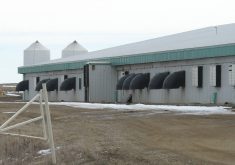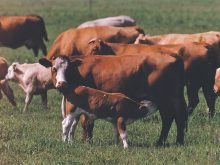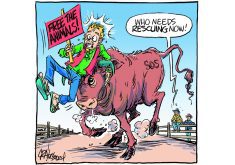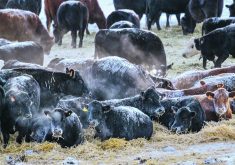The breeding season has ended and while your herd bulls can be rested for winter, you still have to get them ready for spring. You need to design a feeding regime to meet their nutritional requirements and establish and implement a vaccination program.
When keeping bulls through the winter, do not overfeed or underfeed them. Both extremes hurt their fertility.
Bulls that gain too much weight put on extra fat all over their bodies, including their scrotums. Because this fat provides insulation, testicular temperature rises above desirable levels. Though the change is minor, the effect is significant because heat is toxic to sperm cell production.
Read Also
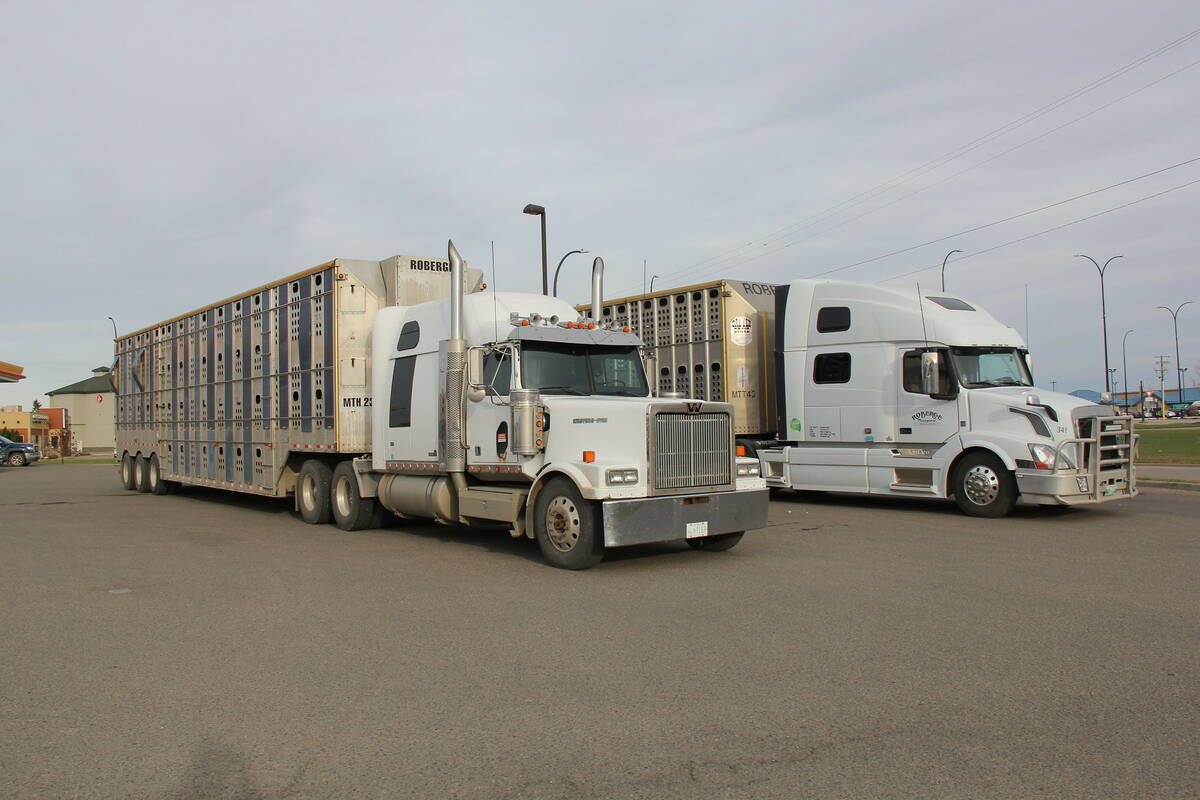
Rest stops of no benefit to feeder calves during long hauls, according to researchers
Three Canadian transport trials showed that providing a rest stop during long-distance transport provided no clear or consistent benefits for the health or welfare of feeder calves.
Overfeeding can cause other health problems. Bulls fed a diet high in grain are at risk for developing sub-acute acidosis, which can lead to rumen problems and liver abscess. This chronic condition can lower a bull’s overall health and potentially shorten its breeding career.
On the other hand, bulls should not lose too much weight over winter. Excessively thin bulls produce fewer sperm. They also lose muscle and lack stamina so they have difficulty moving around pastures to breed cows.
Mature bulls should be fed the same diet as dry cows: a protein-vitamin-mineral mix with the balance in grass or hay. As a general guideline, most bulls need 24-30 pounds of grass hay, about 10 pounds of protein supplement, 15-18 grams of phosphorus and 25,000 IUs (international units) of vitamin A daily.
Young growing bulls need additional energy. To make sure they are getting enough, analyze your grass hay to determine nutritional value and how much supplementation is needed.
Climate also influences a bull’s nutritional requirements, both for maintenance and body weight gain. If the environmental temperature drops, a bull needs up to three pounds of energy concentrate per day to maintain its weight, in addition to its protein supplement.
Bulls are treated differently in a fall calving herd because they usually need extra energy to breed in winter. Because the cows being bred also need an energy supplement, one ration can be used for cows and bulls.
Don’t forget bulls when developing a vaccination program. Most producers give their cows and heifers an IBR and a BVD and sometimes an eight-way clostridial vaccine three to four weeks before they turn out the bulls. This ensures the cows have the best immunity when they need it most Ð early in pregnancy.
Because modified live vaccines have been reported to trigger abortions, they should never be given to pregnant cows. A killed vaccine must be given if cows are vaccinated in the fall rather than the spring. Though safe, it induces inferior immunity compared to a modified live product. Bulls can be given a modified live IBR-BVD at least three weeks before breeding. This prevents them from spreading these infectious agents to the cow herd.
If new bulls are purchased, determine what vaccinations they have received. If there is doubt about their BVD status, a skin test can ensure a bull is not persistently infected.
Bulls should also have a reproductive assessment in late winter or early spring, well before the start of the breeding season. You need to know if the bull can perform soundly before you rely on it to get the cows pregnant.



